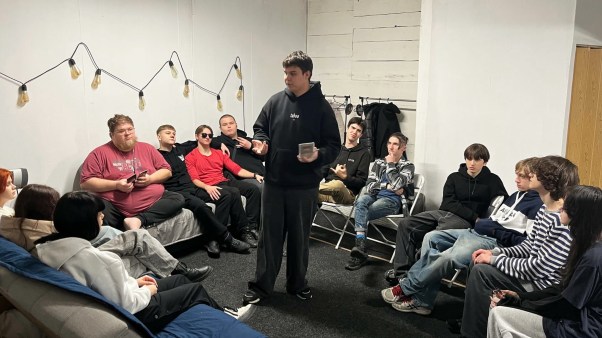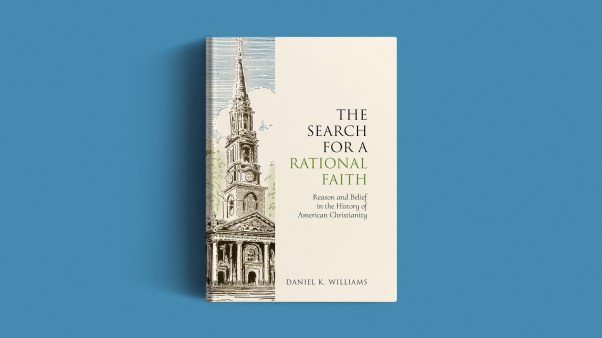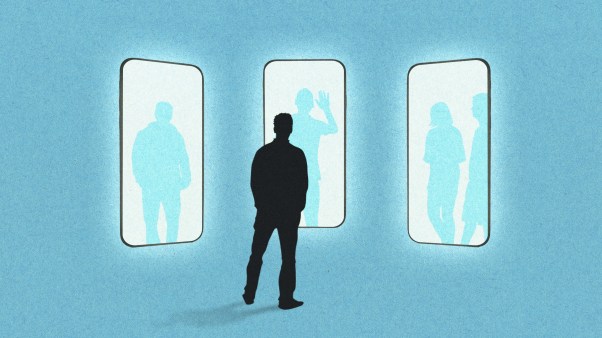As its name suggests, the Moravian movement originated in Moravia, a province in present-day Czechoslavakia. At first an independent state, Moravia was taken into Bohemia under the flag of the German Empire in 1029. And it was in Bohemia that Jan Hus, one of the ‘pre-Reformation reformers’, led resistance to the Church of Rome and was finally martyred in 1415.
After his heroic death, a group who maintained his beliefs eventually formed a New Testament community at Kunwald. In 1457 they established what they called ‘The Church of the Brotherhood’. They were subsequently joined by others of similar outlook and their title then became Unitas Fratrum (The Unity of the Brethren) or, more usually, the Moravians. Their numbers grew so rapidly that by the early seventeenth century it was claimed that more than half the Protestant population of Europe had been won over to them. When the Bohemians were defeated soon after the outbreak of the Thirty Years’ War, many of the Moravians had to run for their lives. They were scattered all over Europe and some abandoned their faith. But a few held together, even in Bohemia – the ‘hidden seed’ for whom the first Moravian bishop, Jan Amos Comenius, prayed so fervently while exiled in Poland. His faith was to be vindicated in a most exciting fashion.
In 1715 there were signs of spiritual revival in Bohemia – both at Fulnek (where Comenius had ministered) and at Lititz. Then in 1722 two families named Neisser, led by Christian David (known as ‘the servant of the Lord’), left Bohemia for a settlement in Saxony provided for them by a Lutheran nobleman. Count Nikolaus ofZinzendorf. He placed his estate at Bertheldsdorfat their disposal. In the next seven years some 300 Protestant refugees made their way to (his haven from all parts of Germany, as well as from Bohemia and Moravia.
A community similar to the original one at Kunwald grew up. As Christian David felled a tree on the site with his carpenter’s axe, he repeated the words of the psalmist: ‘Even the sparrow has found a home, and the swallow a nest for herself- even your altars, 0 Lord of hosts.’The plot of land was situated on the Hutberg or Watch Hill, so the place was renamed Herrnhut – ‘the Lord’s Watch’. Johann Andreas Rothe was installed as pastor in the Lutheran church at Bertheldsdorf.
Renewal
It was in 1727 that the community had a most remarkable experience of God’s Holy Spirit, which prepared the Moravians for the crucial part they were to play in the Methodist revival. At a Sunday afternoon communion service, they were made aware of God’s renewing power to such an extent that, according to one account, they left ‘hardly knowing whether they belonged to earth or had already gone to heaven’.
The effects of this transforming experience were widespread.Zinzendorf himself abandoned his legal career to superintend the movement. The Moravians were to become the pioneer missionaries of the eighteenth century and prove a major influence in the Evangelical Awakening in England. Their worldwide evangelistic enterprise was soon launched and deserves an honoured place in the saga of modern missionary expansion.
In 1732 Leonard Doberand David Nitschmann began a work on the island ofSt Thomas in the Caribbean, and from that date onwards the range of Moravian missionary activity was extended to include other areas in the West Indies, North America, Greenland, Lapland, many parts of the South American and African continents, Persia (now Iran), India, Ceylon (Sri Lanka), the East Indies (Indonesia) and Australia. Considering the hazards of sea travel at the time, as well as the threats to health involved, the record is nothing short of heroic!
The Moravian impact on the evangelical revival in England was twofold. It was through meeting Moravian leaders such as August Spangenberg and Peter Bohler that John and Charles Wesley came to a full understanding of the gospel and experienced true conversion. But beyond that, from 1738 onwards, Moravians were intensely active in efforts to evangelize the whole of the nation. Starting in London itself, this initiative quickly spread to other areas. Yorkshire was to become a stronghold under Benjamin Ingham, while John Cennick, after fruitful missions in Wiltshire, spearheaded the campaign in Ireland.
Copyright © 1986 by the author or Christianity Today/Christian History magazine. Click here for reprint information on Christian History.









